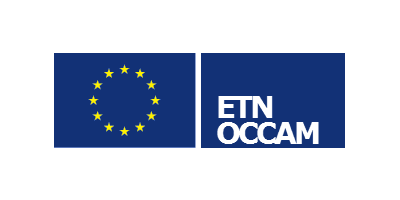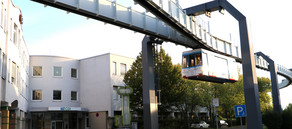European Training Network „Outcomes and Causal Inference in International Comparative Assessments“
The European Training Network OCCAM is an international research project that provides junior scientists with an international, intersectoral, and interdisciplinary research and training environment. The research questions encompass the fields of the integrity of educational measures, educational settings and processes, as well as governance of resources and decision making in the area of education.
Funding
European Commission
Project description

The European Training Network (ETN) Outcomes and Causal Inference in International Comparative Assessments (OCCAM) investigates how educational policies influence educational outcomes worldwide. One of the most salient findings in the field of education is that there are huge national differences in student achievement in international comparative studies.
The shockingly large gap between the highest performing countries (most of which are in East Asia) and many European countries corresponds to a difference in attainment of two years of schooling. Although this finding has been replicated in several studies, at present, the reasons for and consequences of such differences are not well understood.
Variations in many features of educational policies and institutions can only be observed across countries on the system level (e.g., the existence of central exams). Since the start of the new millennium, a new generation of international comparative studies has been launched: studies like PISA and TIMSS are repeated every few years and thus have a longitudinal component at the system level. Unlike cross-sectional designs, these trend designs allow the causal effects of changes in educational policies at the system level to be estimated. Applying this approach to the accumulated data from the comparative studies will provide insights into the determinants of educational outcomes worldwide.
In the ETN OCCAM, overall 15 junior scientists address research questions in this area and profit from an international, intersectoral, and interdisciplinary research and training environment: The OCCAM consortium encompasses partner from seven European countries, Australia, and the US. There are partners from the academic, for-profit, and non-profit sectors involved as well as partner from the disciplines of economics, education, educational measurement, psychology, and sociology. The ETN OCCAM is funded within the scope of the Marie Skłodowska-Curie Innovative Training Networks (MSCA ITN) of the European Commission’s Horizon 2020 framework.
Lead researcher at IFS
Project management
- PD Dr. Rolf Strietholt






![[Translate to English:] [Translate to English:]](/storages/ifs-ep/_processed_/8/5/csm_AdobeStock_412860748_9a2dbb816c.jpeg)
